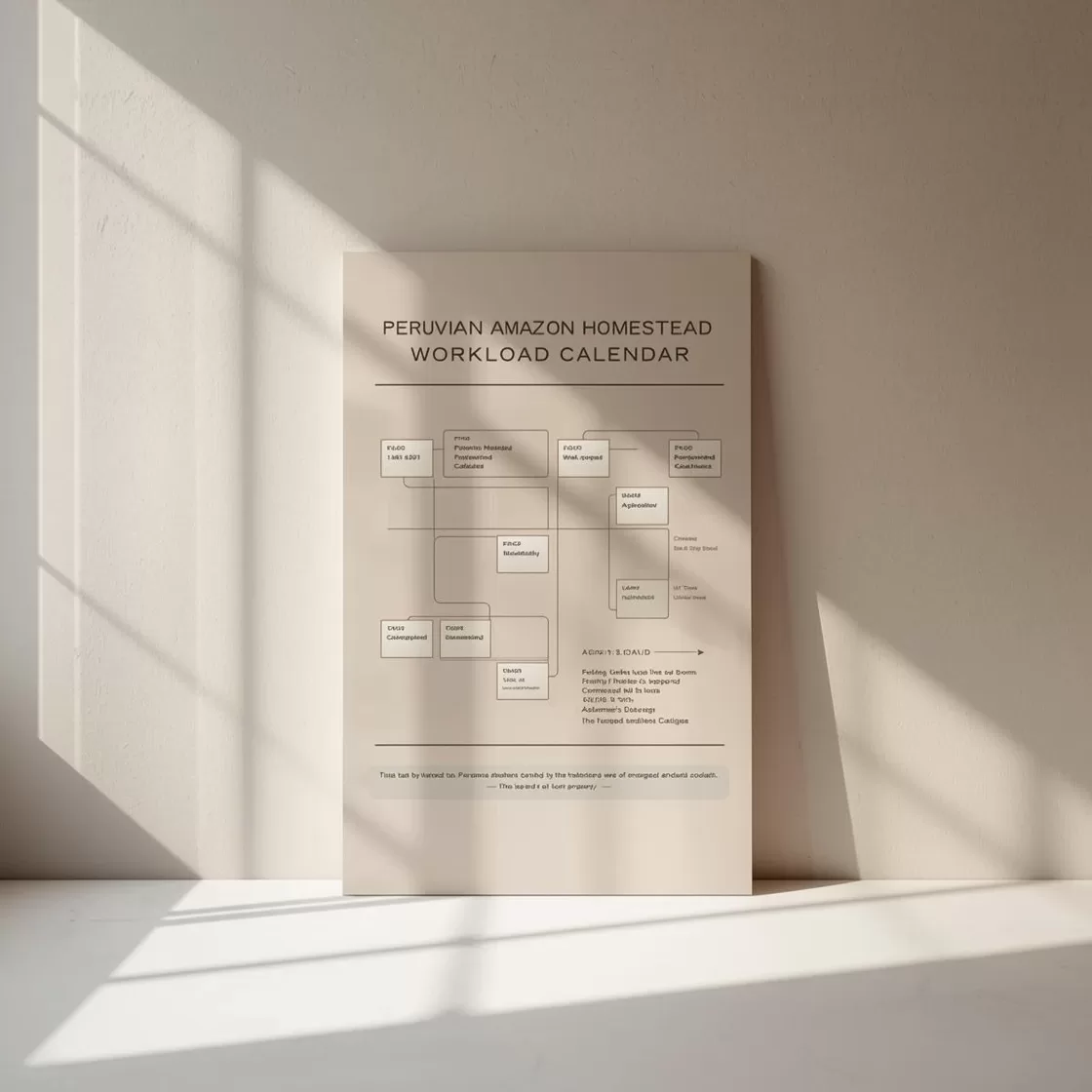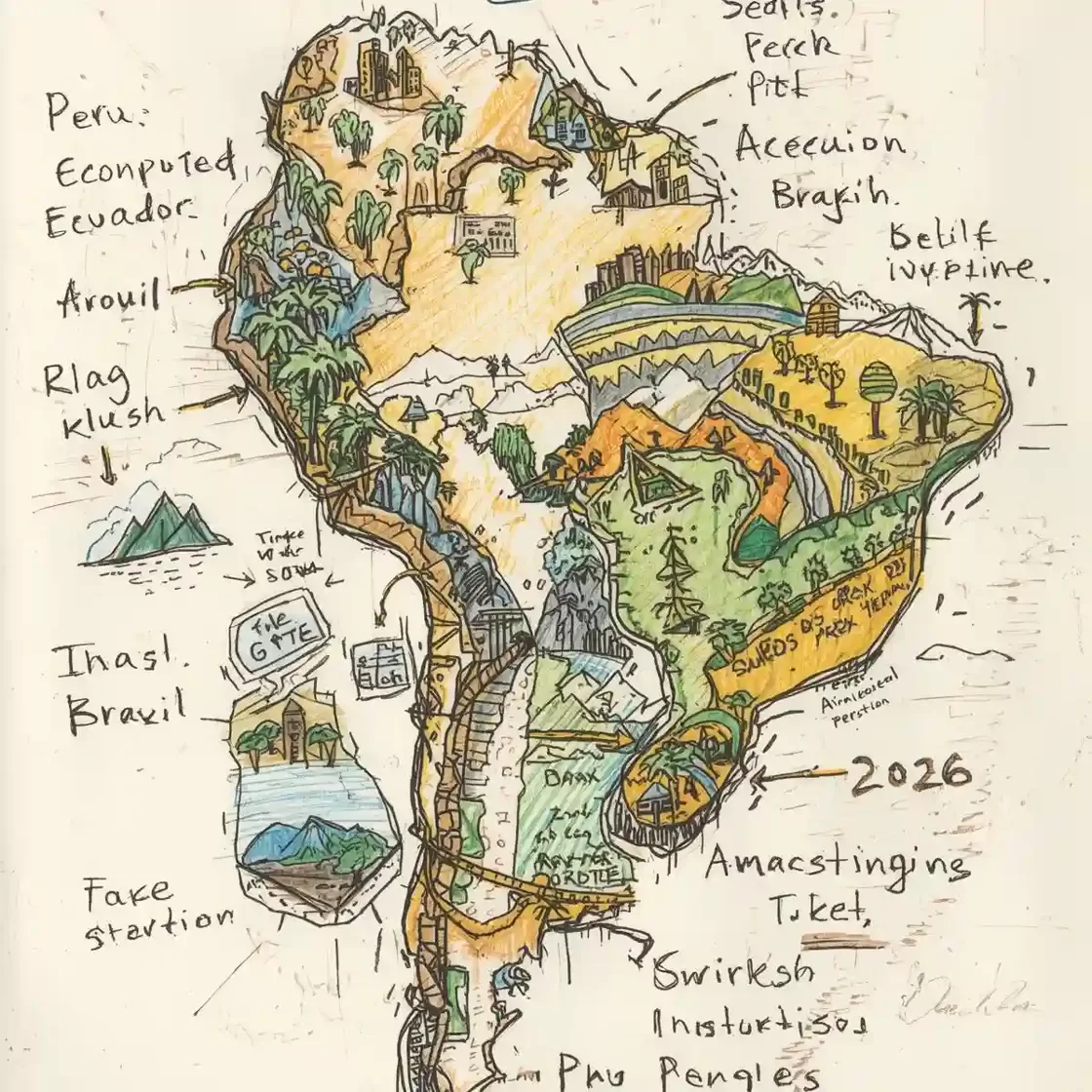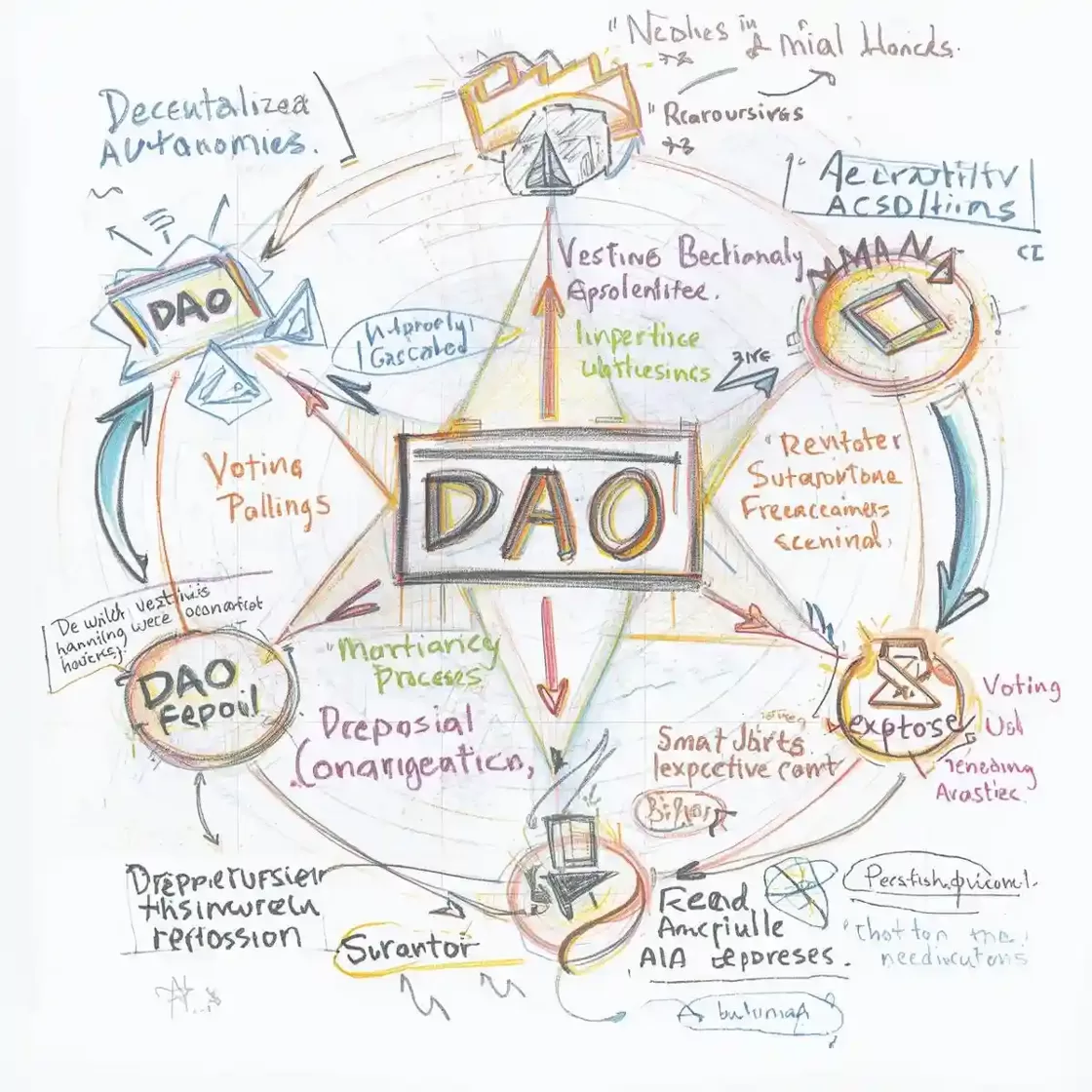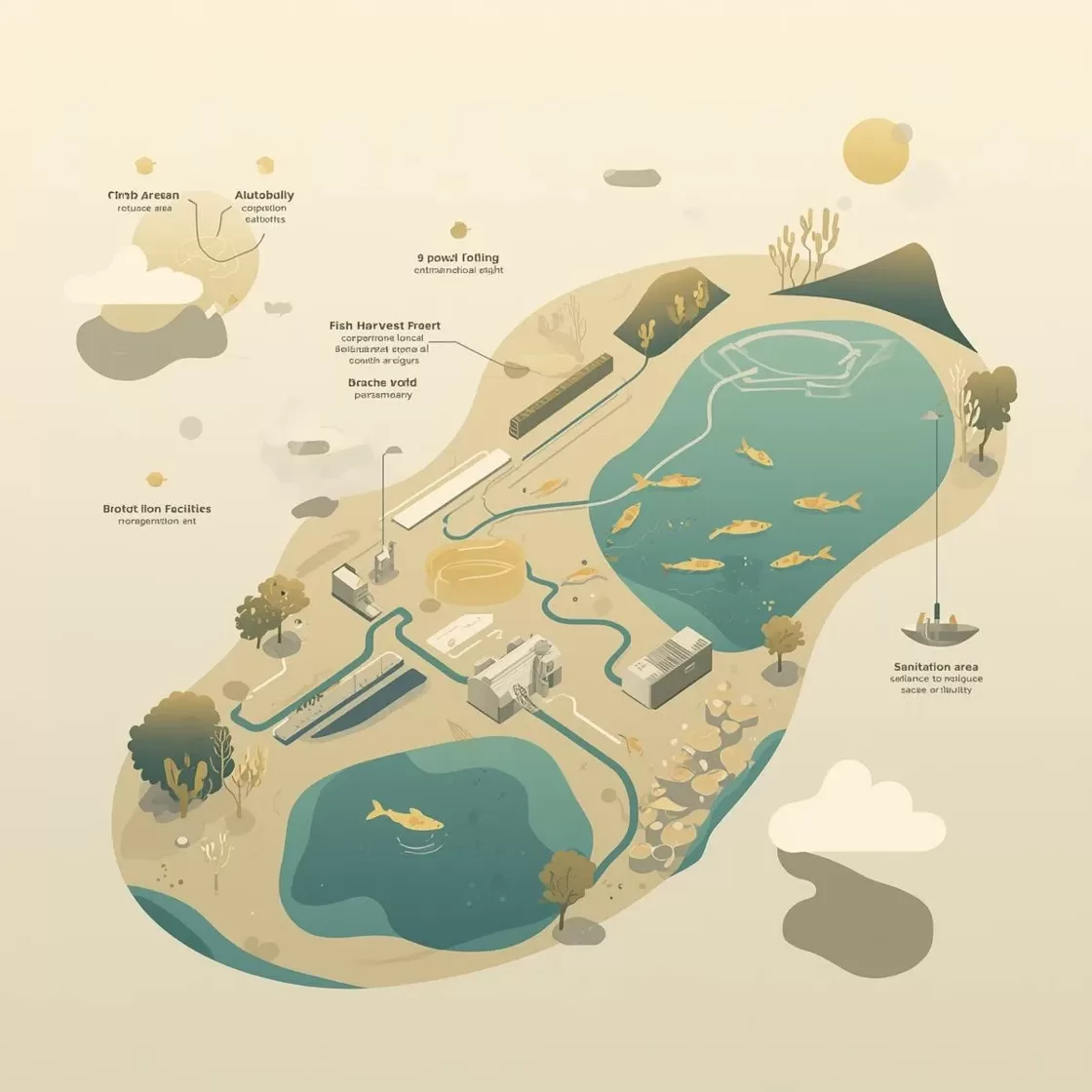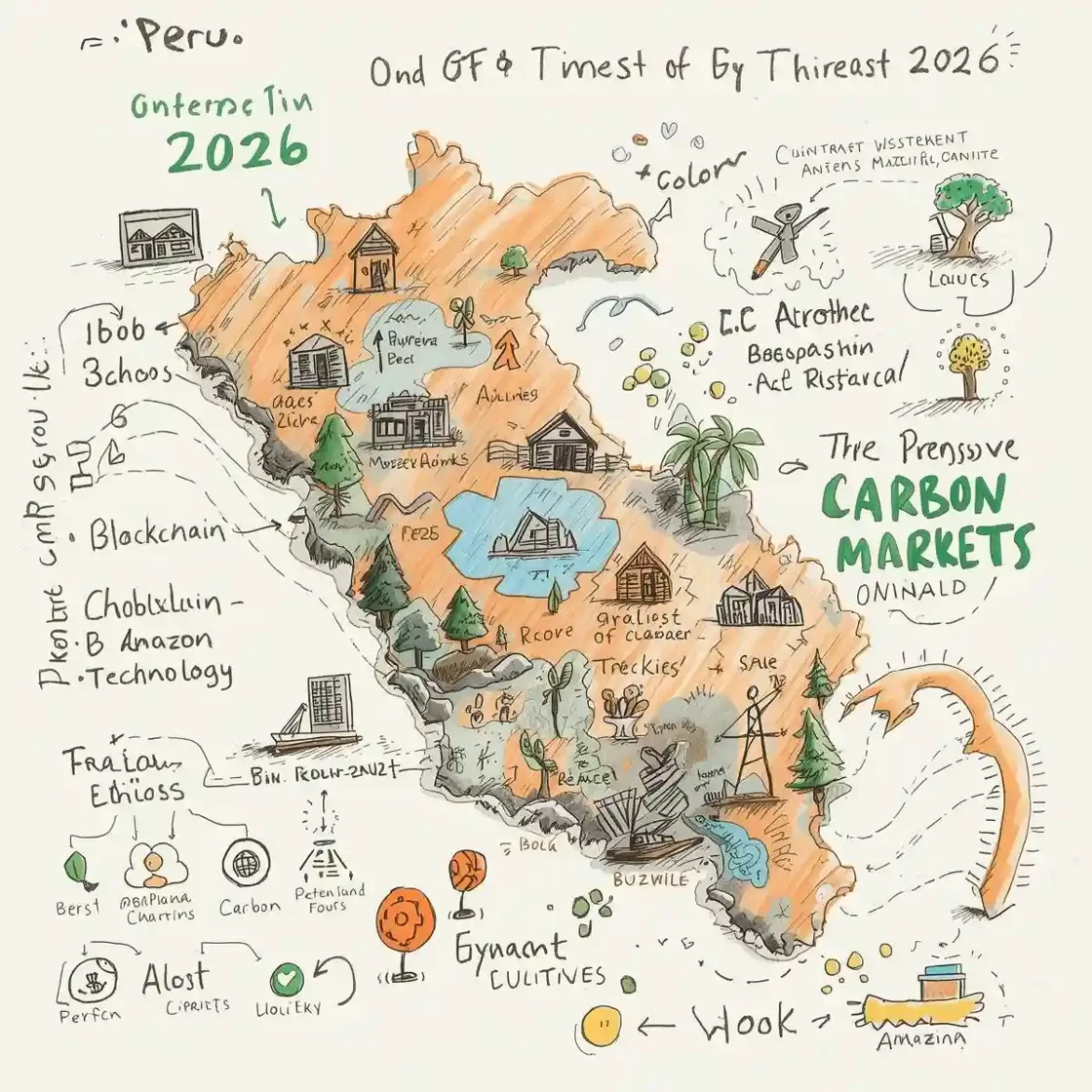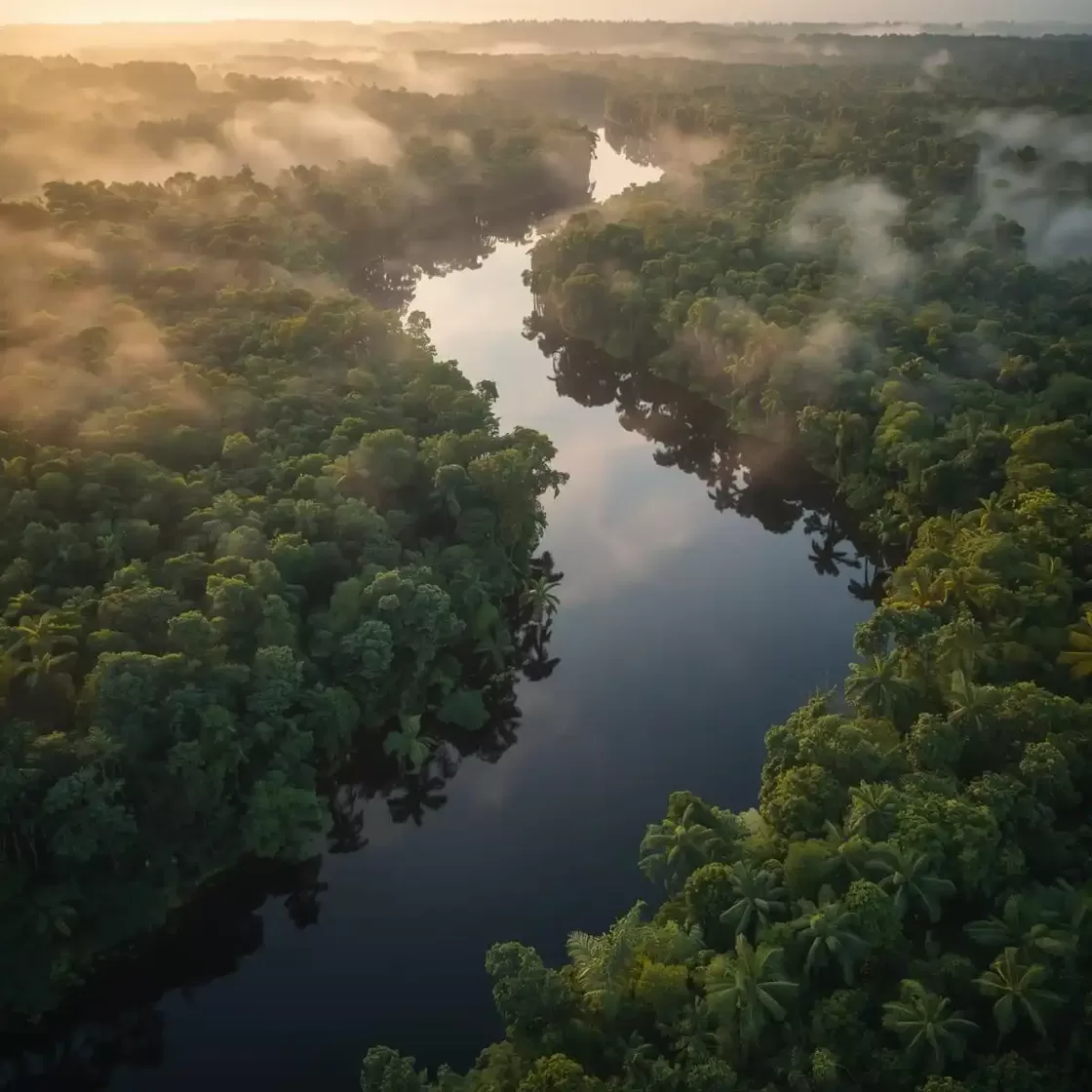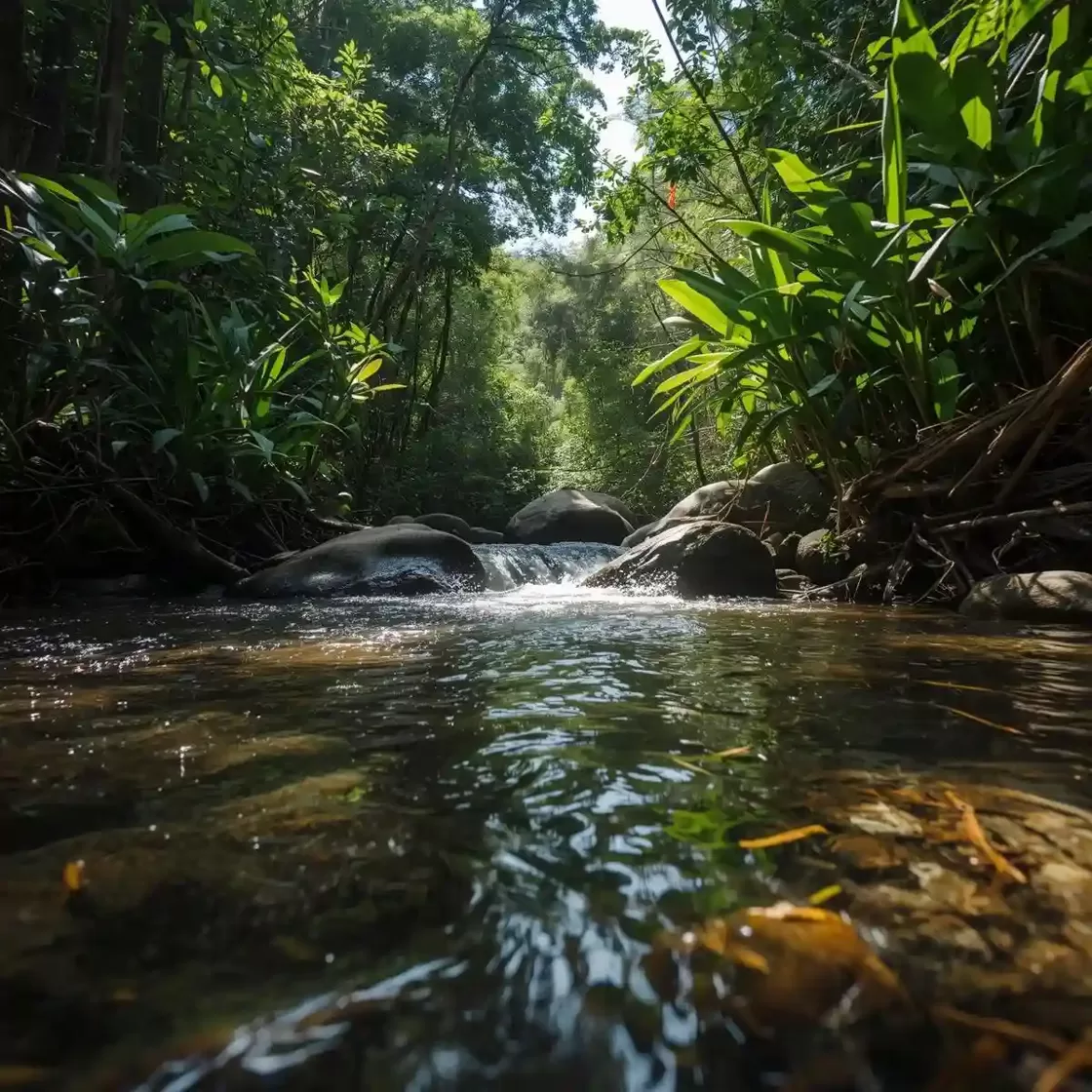Types of Land and Property Rights in the Peruvian Amazon – 2026 Guide

Disclaimer: This article is for general information only and does not replace advice from a qualified Peruvian lawyer, notary or surveyor.
Owning or using land in the
Peruvian Amazon is never just about hectares and
price.
Every parcel sits inside a specific legal regime that decides:
-
who actually owns the soil and who owns the forest on top;
-
what you are allowed to build, plant or extract;
-
which authorities, communities or companies must be consulted;
-
how exposed you are to future legal and political changes.
If you are a foreign buyer, eco-lodge founder or conservation investor, understanding land types and property rights is the first step before you even look at photos or visit a site.
How to Legally Buy Land in Peru as a Foreigner Step by Step Guide for 2026

Introduction Foreigners Buying Land in Peru in 2026
Peru remains one of the most open countries in Latin America for foreign property ownership. Foreigners can legally buy titled land almost anywhere in the country, from the Pacific coast to the Andes and deep Amazonian regions, without needing residency or special permits.
This openness makes Peru attractive for investors seeking land for living, eco projects, agriculture, conservation and long term development.
The year 2026 introduces several updates that make the purchasing process both more secure and more structured. The national registry modernizes its digital systems, notaries rely more heavily on electronic verification and land due diligence becomes easier to perform remotely.
At the same time, buyers must understand zoning categories, environmental rules and regional differences that shape what can legally be done with a particular parcel.
This guide walks foreigners step by step through the entire process of legally buying land in Peru in 2026. The explanations are written in simple language, with practical details, a clear workflow and guidance based on current regulatory practices.
The article focuses on legal safety, transparency and realistic expectations, helping foreigners avoid the most common mistakes and complete a smooth and secure transaction.
Why the Amazon Rainforest Matters for Global Climate and How You Can Help Protect It

The Amazon rainforest stands as one of Earth's most vital natural systems. Spanning approximately 6.7 million square kilometers across nine countries, this vast ecosystem influences weather patterns, stores massive amounts of carbon, and harbors roughly ten percent of all species on the planet. Yet despite its importance, the Amazon faces persistent threats that could fundamentally alter its ability to regulate climate and support biodiversity.
Understanding why this forest matters and what drives its
destruction helps anyone concerned about environmental issues make
informed decisions about supporting conservation efforts. This
analysis examines the science behind the Amazon's global
significance, the complex forces threatening its survival, and
practical approaches to protecting it for future
generations.
Billions for the Amazon What Peru Really Brought Home from COP30 in Belém November 2025
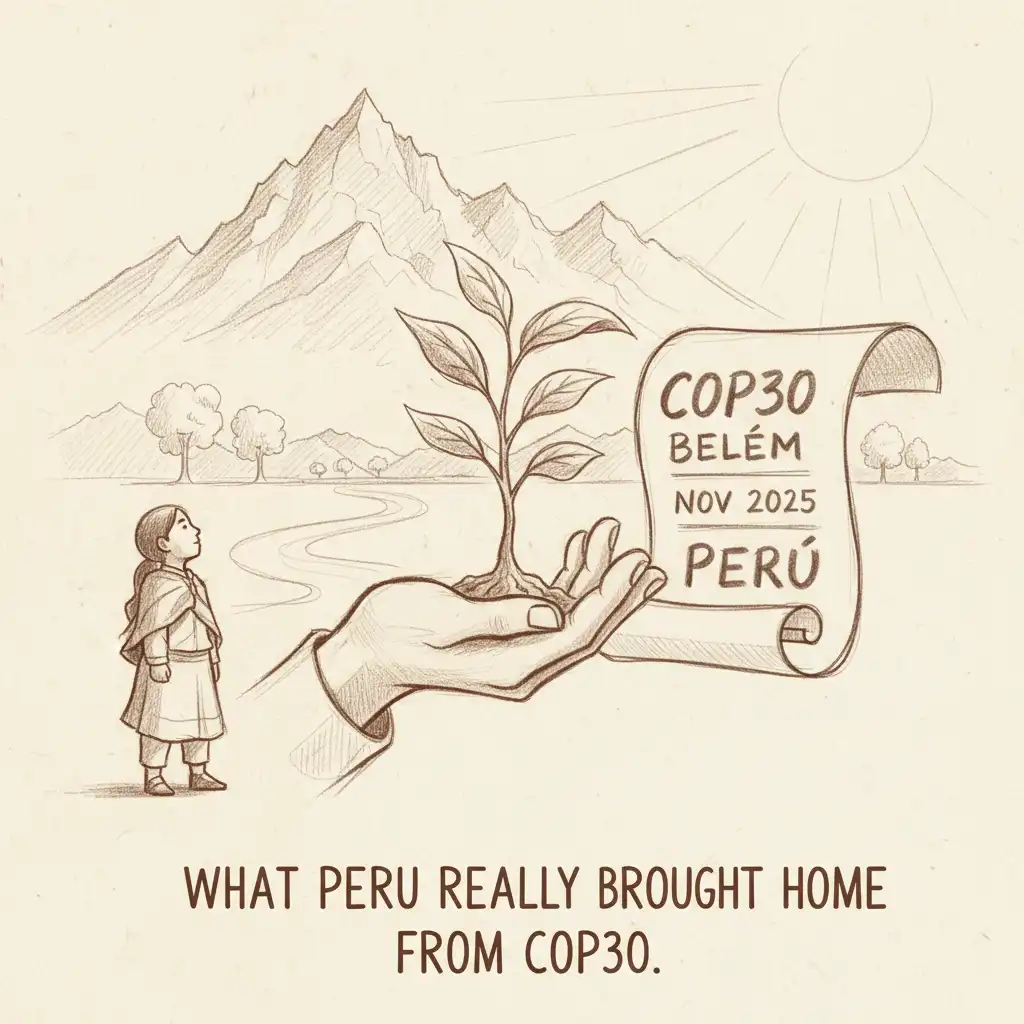
I am sitting on my balcony in Iquitos right now, watching the November rain hammer the Amazon River while the last echoes of COP30 still ring in my ears. For the past two weeks I followed every session from Belém on live streams,
WhatsApp groups with friends at the Peru Pavilion, and late-night calls with indigenous leaders who travelled downriver to be there. When Peru's minister announced the official launch of the Paquete País Perú, I felt something shift. This was not another vague promise. This felt real.
For years we who live and work in Loreto talked about "when the money finally arrives." On November 18 2025 it started arriving, or at least the pipeline opened wide.
What Exactly Is the Paquete País Perú
In simple terms the Paquete País (Country Package Peru) is a ready-to-fund portfolio of high-impact projects designed to turn Peru's climate commitments into bankable reality. Think of it as Peru handing the world a polished investment prospectus that says: "Here are the exact projects, here are the safeguards, here are the indigenous organisations in charge, and here is how every dollar will be tracked."
COP30: Climate Summit Paradox
Exploring the contradictions of COP30: deforestation concerns, private jet emissions, and the environmental impact of climate summits.
Read Full AnalysisAmazon Investment Paradox
Understanding REDD+ programs, land rights conflicts, and the complex dynamics of Amazon rainforest conservation investments.
Explore the IssueThe Amazon Redemption Why Legitimate Conservation Investments Actually Work When Done Right
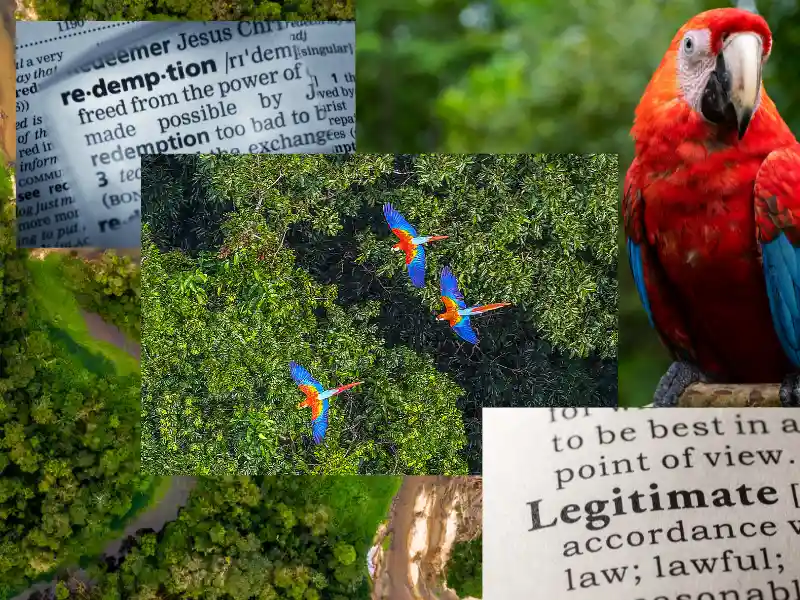 Everything I told you in the previous
articles is true. Half of REDD+ projects fail. Most carbon credits
are phantom. Land fraud is rampant. Cartels control territory.
Property rights are unstable.
Everything I told you in the previous
articles is true. Half of REDD+ projects fail. Most carbon credits
are phantom. Land fraud is rampant. Cartels control territory.
Property rights are unstable.
All of that is real.
But here's what I didn't emphasize. The other half of REDD+ projects work. Some land investments genuinely succeed. Some investors make real money while actually preserving forest. Some conservation happens and markets work and everybody wins.
The difference isn't luck. It's method.
How to Legally Buy Land in
Peru as a Foreigner Step by Step Guide for 2026
Part One Why Legitimate Investments Outperform the Schemes
There's a pattern I've noticed across successful Amazon projects. They share four things. None of them are secrets. None of them require sophisticated financial engineering. They just require patience and honesty.
Why Carbon Credits Won't Save the Amazon How REDD+ Projects Actually Fail

Imagine the scenario.
A big company — a bank, manufacturer, tech giant — releases a press statement saying it achieved carbon neutrality.
How? It bought carbon credits. Say ten thousand credits from a REDD+ project in Peru means ten thousand tons of CO2 didn't enter the atmosphere.
Sounds fair. Honest. Responsible.
One problem. Money goes to supposedly prevent deforestation that wouldn't happen anyway. And the forest next door keeps getting chopped down.
But there's another side to this story — people who say REDD+ works and the numbers are real. Let's figure out who's right.
How Carbon Credits Became a Reputation Laundering Tool
REDD+ (Reduced Emissions from Deforestation and forest Degradation) sounds simple even noble. Wealthy countries and companies pay developing countries so they don't cut down forest. Money for conservation. Sounds like win-win.
Over twenty years this idea attracted billions. In 2024 alone over a billion tons of CO2 moved through voluntary carbon markets as credits. The whole system rests on one assumption that people believe these credits reflect real emission reductions.
Most of them don't.
The Amazon Investment Paradox Why Financial Instruments Can't Replace Sovereignty and Land Rights
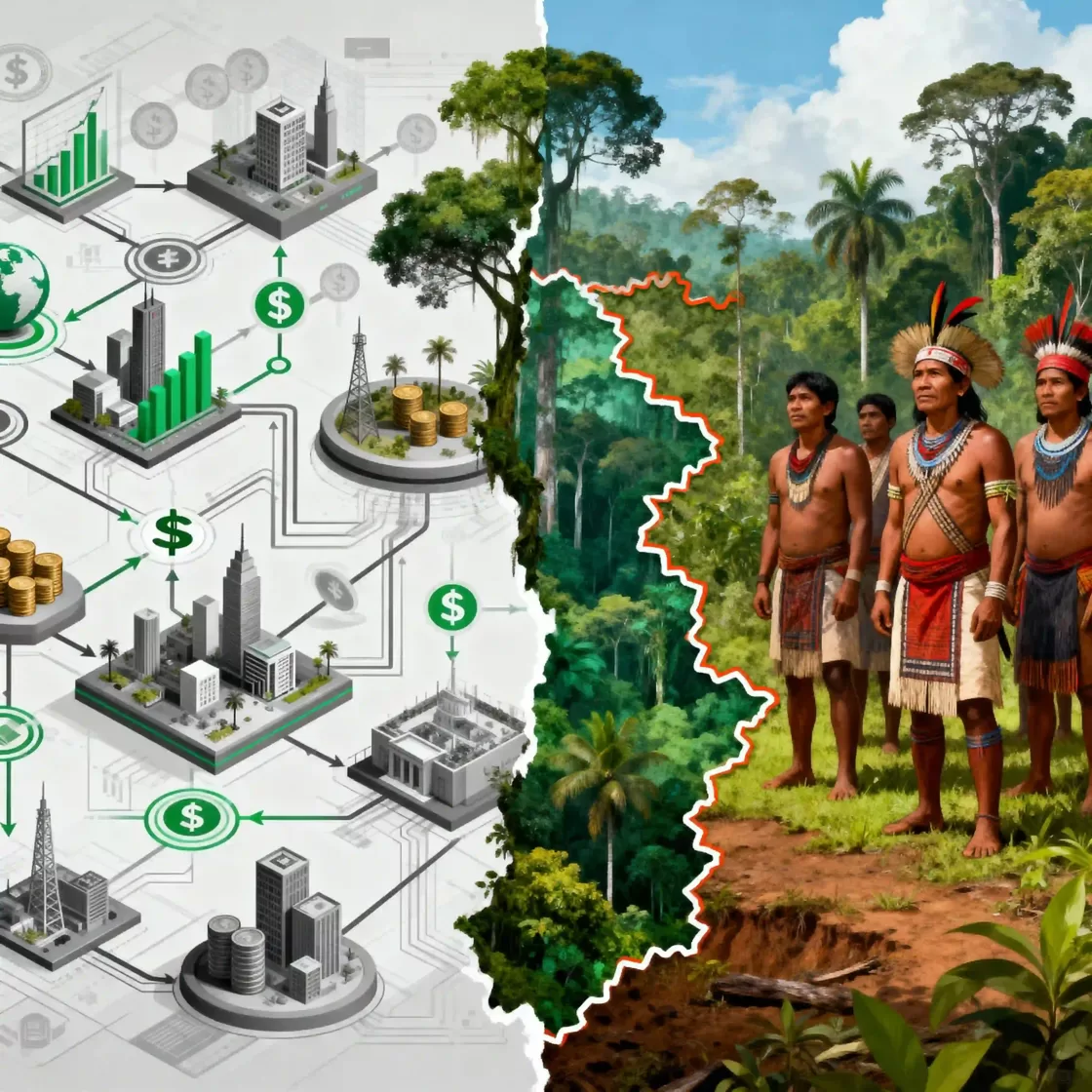
We live in an era of beautiful solutions. Solutions that let wealthy nations and corporations feel like they're saving the world without actually changing anything. Carbon credits are one. Amazon land deals are another. Peru jungle investments are a third. They're all connected by the same fundamental flaw.
They treat the Amazon like a financial instrument instead of a geopolitical reality.
Let me explain what I mean by walking through how money actually moves in the Amazon economy. Not the official story.
The real story.
Part One The Carbon Credits Fantasy and Why It Breaks
Start with carbon credits because they're the simplest to understand and the easiest to get wrong.
A company in New York or London has a carbon problem. They've burned fossil fuels made stuff shipped it globally and created emissions. Now they need to be carbon neutral for their ESG report. What do they do. They buy carbon credits from a REDD+ project in Peru.
The math looks clean. One credit equals one ton of CO2 that doesn't enter the atmosphere. Ten thousand credits means the New York company is now neutral. Everyone's happy.
Except the Amazon doesn't work that way.
COP30 - Deforestation, Private Jets, and the Climate Summit Paradox
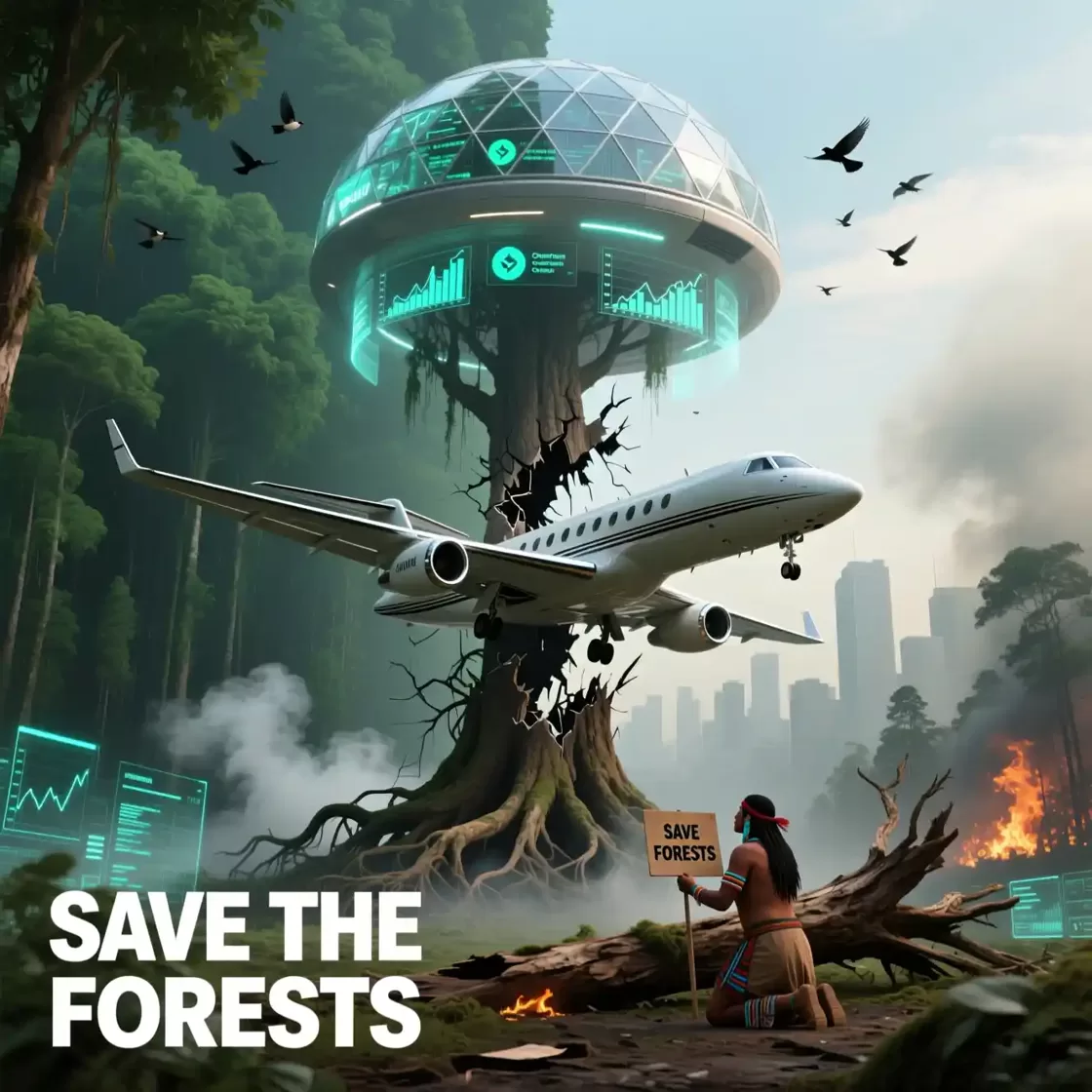
The Environmental Cost of Climate Action
The 2025 UN Climate Conference (COP30), held in Belém, Brazil in November, took place amid a profound environmental contradiction.
To host the world's largest climate summit, organizers authorized the construction of a four-lane highway through protected Amazon rainforest. Simultaneously, thousands of delegates flew to the event on private aircraft.
This analysis examines the verified facts behind these environmental decisions, the numbers involved, and what they reveal about the logistical footprint of global climate governance.
The Avenida Liberdade Highway - Facts and Figures
The Road Through the Forest
The most visible infrastructure project associated with COP30 is the Avenida Liberdade, a four-lane expressway being constructed through protected rainforest territory in Pará state. This highway spans 13.2 kilometers through an Environmental Protection Area (EPA)—officially designated protected land.
The project began in mid-2024, accelerating construction to meet the November 2025 summit deadline. The scope of land clearing is significant: approximately 68 hectares of native rainforest have been directly removed to date. For context, 68 hectares equals roughly the size of 100 American football fields. Beyond the direct road corridor, the project involves paving over wetland areas and fragmenting a previously contiguous forest zone.
Design Features and Environmental Mitigation
Infrastructure officials have emphasized that the Avenida Liberdade incorporates environmental design elements:
-
Twenty-four dedicated wildlife crossings to allow animal movement across the roadway
-
Bicycle lanes promoting low-emission transportation
-
Solar-powered lighting systems to reduce electrical demand
-
Wetland management systems
According to Adler Silveira, infrastructure secretary for Pará state, the project represents a "sustainable highway" that modernizes regional mobility infrastructure while attempting to minimize ecological disruption.
Featured Articles
Historical Context: When Was It Planned?
An important clarification: the Avenida Liberdade was not conceived for COP30. The project was originally planned in 2012—over a decade before Brazil was selected as host nation for the 2025 climate summit. However, construction remained dormant due to environmental concerns until 2024, when the project received significant acceleration in preparation for the conference.
This distinction matters for context, though it does not negate the environmental impact occurring in the present timeline.
How much land does a family need in the Peruvian Amazon 5 ha or 15–20 ha for self sufficiency

Peruvian Amazon food forest and garden cassava plantains sweet potato legumes and spices year round
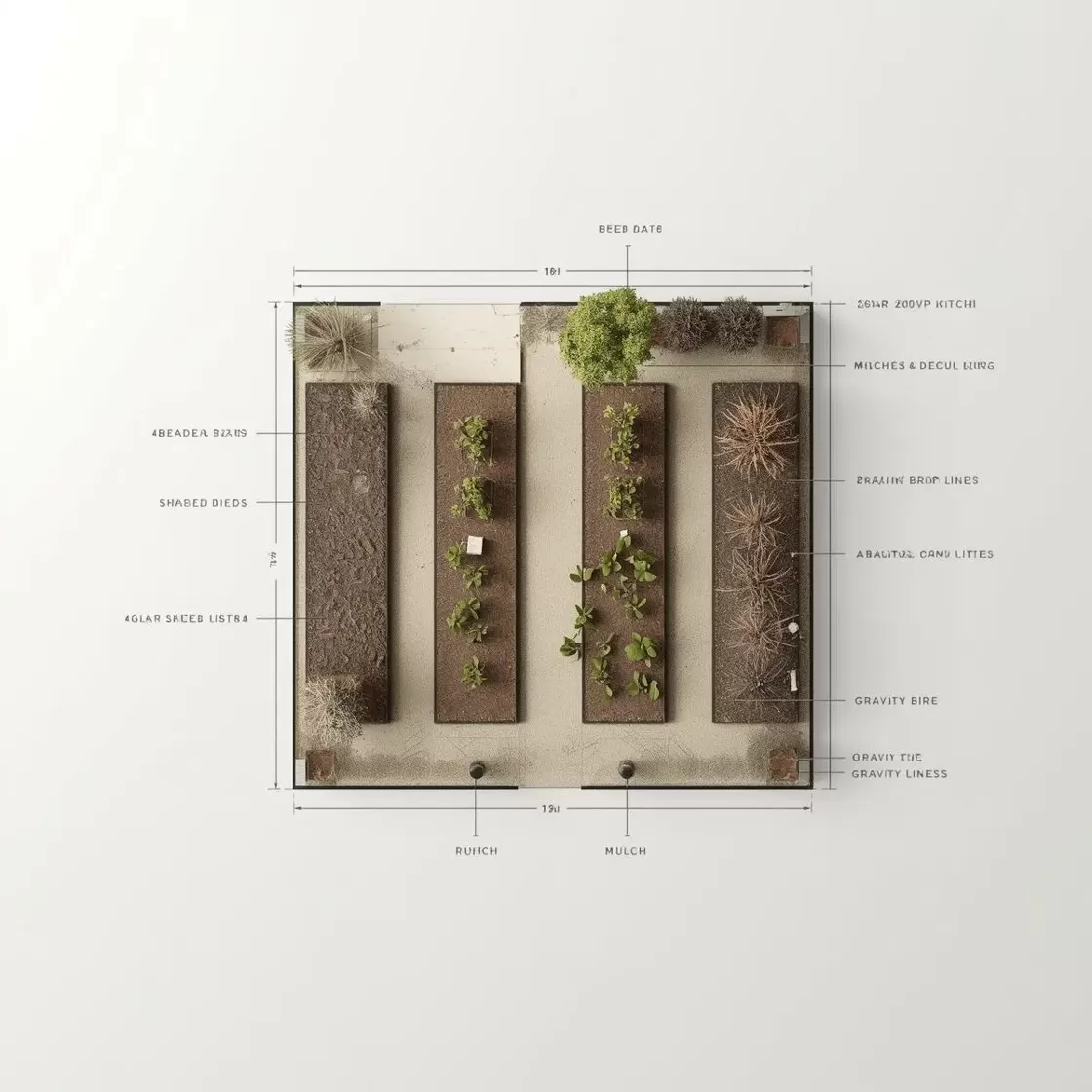
Year round eggs in the jungle how to build a tropical chicken coop and feed system in the Peruvian Amazon

Peruvian Amazon homestead workload daily and seasonal schedule tools and startup budget for 5 ha
